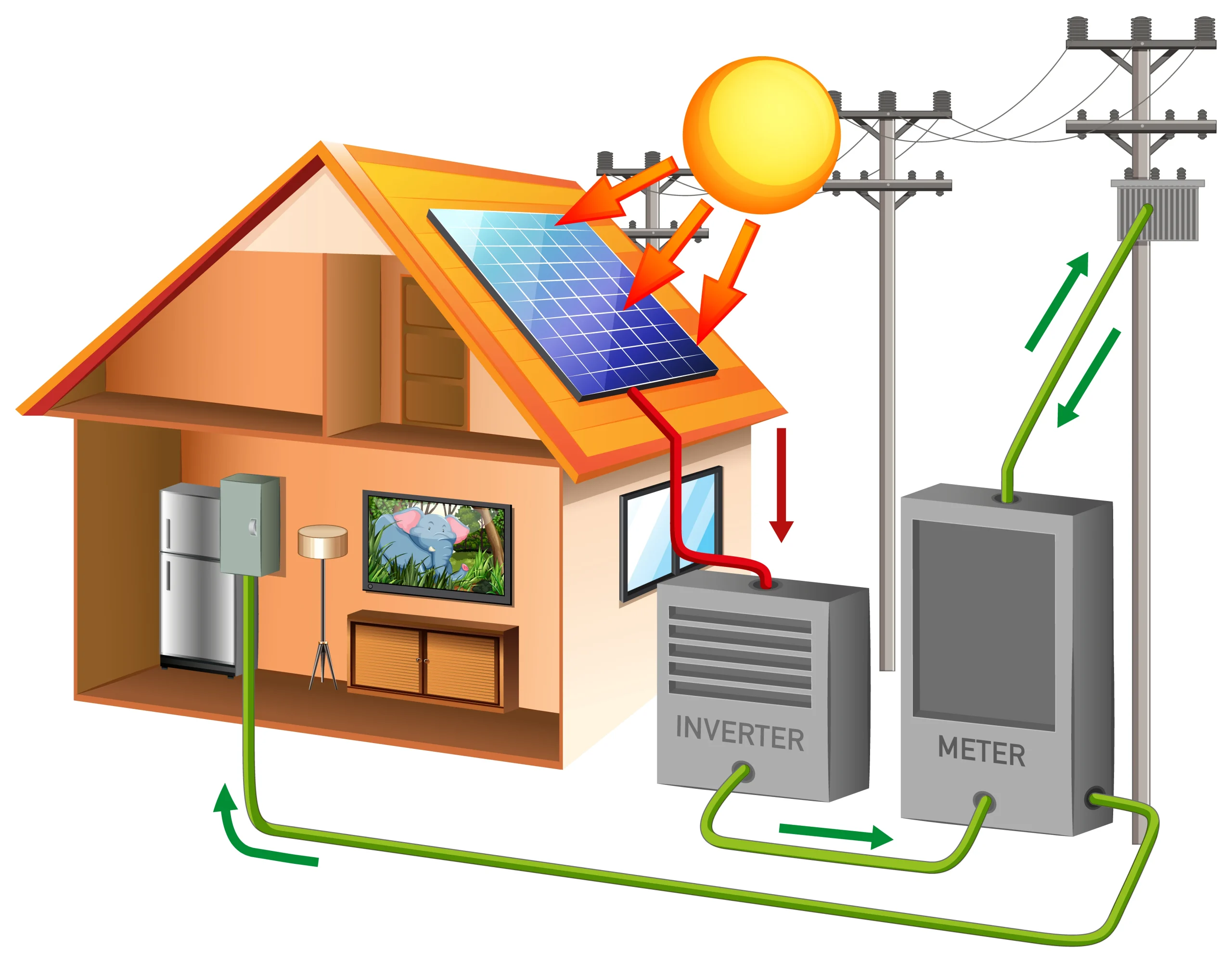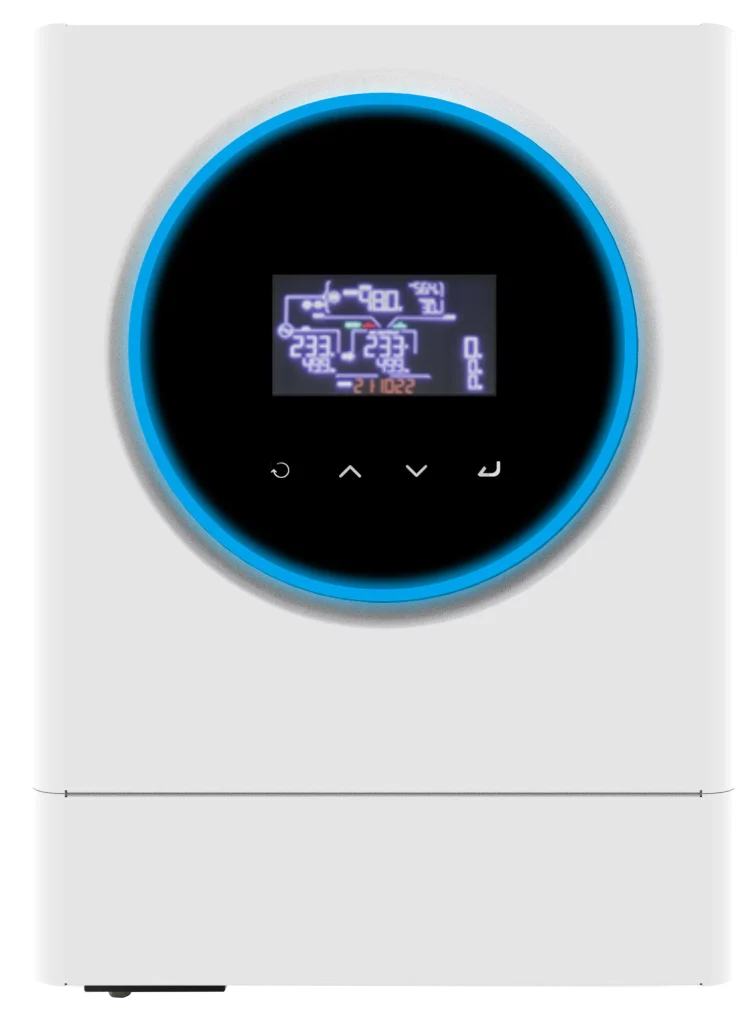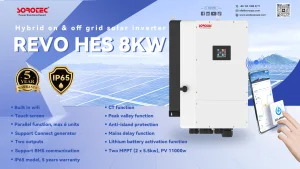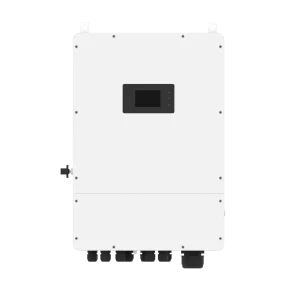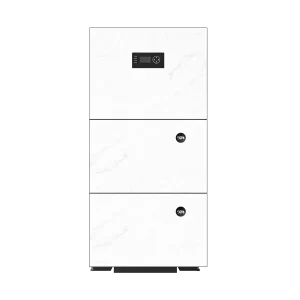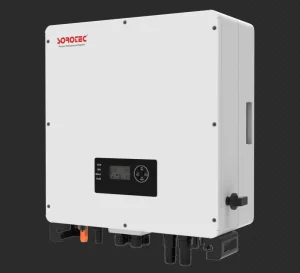UPS mode in inverters gives super quick power backup (less than 10ms) for fancy electronics when the power goes out. Unlike regular inverters, this special mode keeps the voltage steady and switches to battery power super fast—perfect for hospital machines, computer rooms, and smart houses. Learn how UPS mode works, why it’s better than normal inverter mode, and check out cool solutions from SOROTEC. Find out about big uses, battery care challenges, and neat smart tech shaping the future of non-stop power.
What is UPS Mode in an Inverter?
Definition and Core Purpose of UPS Mode
UPS mode in an inverter is a special setting made to give smooth power backup when the lights go out. Unlike regular inverter mode, which turns battery power into plug-in power for homes or shops, UPS mode focuses on super fast action and keeping voltage steady. Also, a UPS has a built-in battery, unlike some inverters. It’s made to jump in quick with backup power, keeping gadgets running without a hiccup. This is super important for delicate electronics that need power all the time to work right.
Differences Between UPS Mode and Normal Inverter Mode
The big difference between UPS mode and regular inverter mode is how fast they act and what they’re used for. Normal inverters are great for long-term or off-grid power, where steady power swapping is the goal. But UPS mode is built for jobs needing instant power, like hospital gear or computer systems. Another difference is voltage control: UPS mode keeps the power super tight to protect fancy electronics from ups and downs.
What Technical Features Does Modern UPS Mode Offer?
Voltage Regulation and Stability
Modern inverters with UPS mode keep the voltage super steady to protect hooked-up gadgets. They keep the power in a tight range, stopping damage from power spikes or drops. This is a must for stuff like computer servers or lab tools that can’t handle wobbly power.
Seamless Transition During Power Outages
One of the coolest things about UPS mode is how it switches from wall power to battery power super quick. It takes less than 10 milliseconds, so even super picky gadgets don’t notice a thing. This fast swap makes it great for places where stopping isn’t an option.
Battery Management and Efficiency in UPS Mode
UPS mode has smart battery systems that make charging and using power super neat. But, one bummer is that even when the power’s fine, the battery keeps charging and draining. This makes it wear out 4-5 times faster than a regular inverter battery. Still, smart energy use cuts down on stops and keeps important stuff running longer.
What Are the Benefits of Using UPS Mode?
Enhanced Protection for Sensitive Electronic Devices
UPS mode gives awesome protection for delicate electronics by keeping the power steady and blocking bad swings. Gadgets like computers, internet boxes, hospital machines, and TV systems love this feature.
Improved Power Continuity for Critical Applications
For places that need power all the time—like hospitals or computer centers—UPS mode keeps things running even if the power cuts out. This stops work from pausing and keeps important info safe from sudden shutoffs.
Optimized Energy Consumption and Reduced Downtime
Even though batteries can wear out faster with UPS mode, it uses energy super smart to work great in emergencies. By cutting down on stops, it saves money and keeps things going smooth over time.
To check out neat solutions for your power needs, take a look at SOROTEC. They’re a top name in inverter tech with trusty performance for all kinds of jobs.
Application Scenarios for UPS Mode in Inverters
How Can UPS Mode Benefit Residential Use?
UPS mode is a big help at home, keeping important stuff powered when the electricity goes out. It gives instant backup to protect gadgets like computers, smart TVs, and fridges from sudden stops or power wiggles. This is super handy in places with lots of power cuts, where keeping home electronics working is a big deal.
What Are Its Industrial Applications?
Supporting Manufacturing Equipment and Machinery
In factories, keeping machines running is super important. UPS mode makes sure key gear and tools stay on during power blips. Normal inverters are great for long-term or off-grid power, but UPS mode jumps in fast to stop work from pausing and avoid losing money from stopped machines.
Maintaining Data Center Operations
Computer centers need power all the time to keep servers safe and stop data from disappearing. UPS mode switches in under 10 milliseconds, so IT systems keep humming without a break. This is a must for keeping things running smooth and protecting big info.
Why Is UPS Mode Essential in Commercial Settings?
For shops and offices, steady backup power keeps customers happy and work flowing. UPS mode keeps cash registers and office systems going strong. Its tight voltage control also shields fancy payment machines and other gear from power spikes.
Sorotec’s Advanced Solutions with UPS Functionality
What Does Sorotec Offer in Its Product Line?
SOROTEC is a leader in cool inverter tech. They have a big range of products made for all kinds of power needs. Their inverters have awesome UPS features for homes, factories, and shops. These are built for top performance with fast switches and strong battery systems.
Key Features of Their Inverter Models
SOROTEC’s inverters have neat tricks like super exact voltage control, quick swaps between wall and battery power, and smart energy use. These keep hooked-up gadgets safe and make sure power is used wisely.
Compatibility with Various Applications
SOROTEC’s products work for tons of jobs, from powering small home stuff to running big factory machines. They fit different setups, so you can find one that’s just right for what you need.
Which Sorotec Products Are Recommended for Different Needs?
Compact Models for Residential Use
For folks at home wanting trusty, small solutions, SOROTEC has models that work great without using too much power. These are perfect for keeping home gadgets going during power cuts.
Industrial-Grade Options for High-Capacity Requirements
Factories needing big power can use SOROTEC’s heavy-duty inverters. These are made to handle tough jobs, keeping big machines and key gear running smooth.
Advanced Monitoring Features for Commercial Settings
Shops can use SOROTEC’s business inverters with cool tracking features. These give you live updates on how things are running, so you can fix stuff before it breaks and keep things super reliable.
Future Trends and Innovations in UPS Technology
How Are Smart Features Transforming Modern Inverters?
Smart features are changing inverters big time. Fancy tracking systems let you check how things are going from your phone or computer. This makes it easy to use and helps spot problems before they get bad.
What Role Does IoT Play in Enhancing Performance?
The Internet of Things (IoT) is making UPS tech even better by connecting gadgets so they talk to each other. IoT inverters can save power by checking how much you use and tweaking things to match.
How Is Sustainability Being Addressed?
Sustainability remains a key focus area for future innovations in UPS technology. Efforts are being made to develop more energy-efficient systems that reduce environmental impact while delivering high performance. Additionally, advancements in battery technology aim to address the challenge of accelerated degradation associated with constant charging cycles, as the disadvantage of UPS is that even when there is no power outage, the battery is constantly charged and discharged.
FAQs
Q1: What distinguishes an inverter with UPS mode from standard models?
A: Inverters with UPS mode offer instantaneous response times and precise voltage regulation, making them ideal for sensitive applications like medical equipment or IT systems.
Q2: Can an inverter switch between normal mode and UPS mode?
A: Yes, many modern models allow users to toggle between modes based on specific requirements through simple settings adjustments.
Q3: Does using UPS mode affect battery lifespan?
A: Yes, batteries tend to degrade faster due to continuous charging cycles even when there are no outages as mentioned earlier. However, advanced battery management systems help mitigate this issue effectively.


